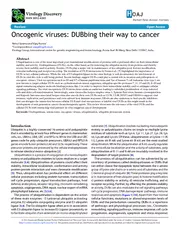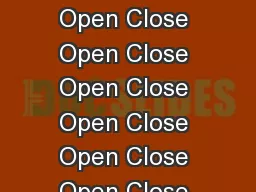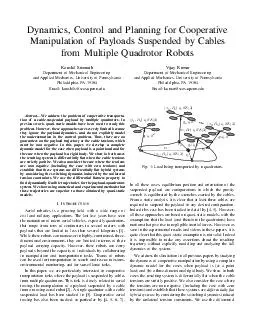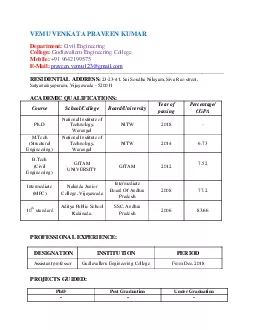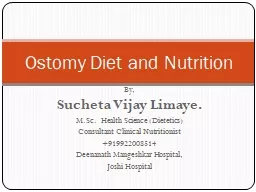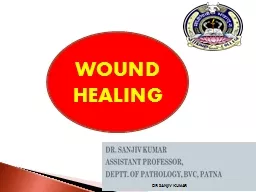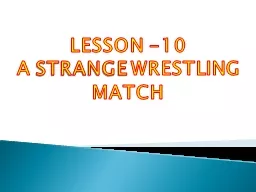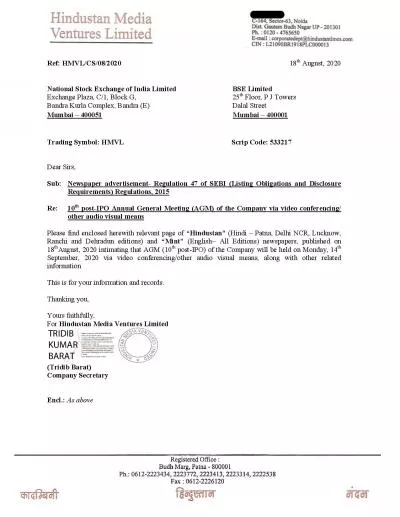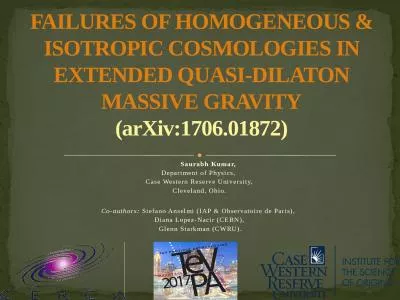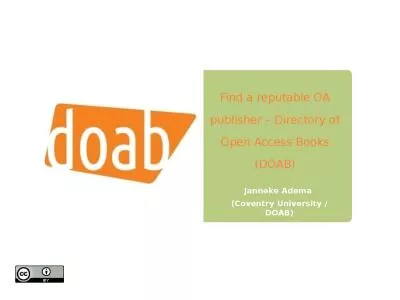PDF-Review Open Access Nehul Saxena and Vijay Kumar Corres
Author : alida-meadow | Published Date : 2015-06-04
resin Virology Group International centre for genetic engineering and biotechnology Aruna Asaf Ali Marg New Delhi110067 India Abstract Ubiquitination is one of the
Presentation Embed Code
Download Presentation
Download Presentation The PPT/PDF document "Review Open Access Nehul Saxena and Vija..." is the property of its rightful owner. Permission is granted to download and print the materials on this website for personal, non-commercial use only, and to display it on your personal computer provided you do not modify the materials and that you retain all copyright notices contained in the materials. By downloading content from our website, you accept the terms of this agreement.
Review Open Access Nehul Saxena and Vijay Kumar Corres: Transcript
Download Rules Of Document
"Review Open Access Nehul Saxena and Vijay Kumar Corres"The content belongs to its owner. You may download and print it for personal use, without modification, and keep all copyright notices. By downloading, you agree to these terms.
Related Documents

